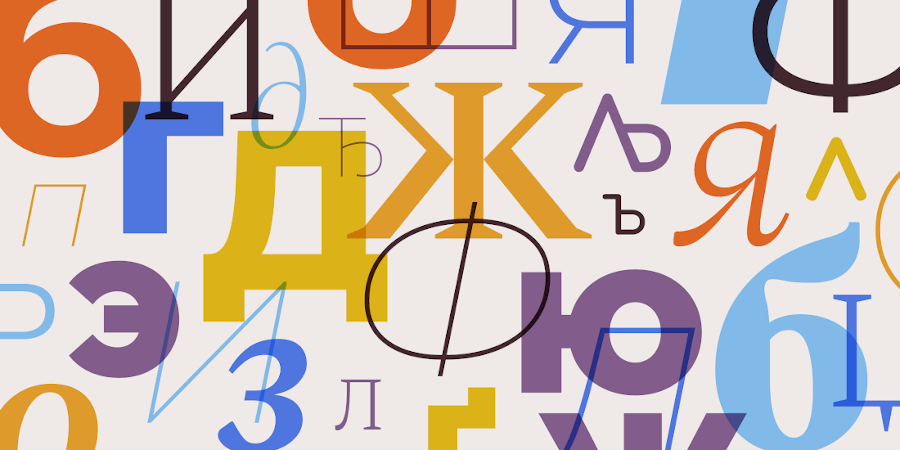
What is Cyrillic alphabet?
At the heart of modern Russian writing is Cyrillic alphabet.
The alphabet written in 863 AC (this year is considered the date of birth of Slavic writing) by a Greek philosopher and the first Slavic enlightener, St. Cyril (Constantine). He translated Greek liturgical books into Slavic.
Cyrillic was based on the Greek alphabet in its “parade” form – the so-called charter. It was supplemented with missing letters to convey such sounds missing in Greek.
The books written in Cyrillic came to Russia with the adoption of Christianity at the end of the 10th century. The first translations of Cyril and his brother Methodius brought from Bulgaria. These books were written in ancient Bulgarian, or Old Slavonic, close to the old Russian, so that our ancestors understood it well.
During its long history, the Russian letter has undergone only two reforms – in the early 18th and early 20th centuries. The first reform was carried out by Peter I. A special decree in 1708 abolished some of the letters written by tradition, but unnecessary to the Russian letter: – ω (omega), ψ (psi), ξ (skip), ѵ (ionica) and some others. In addition, the outline of the letters themselves was changed – they were close in appearance to Latin.



